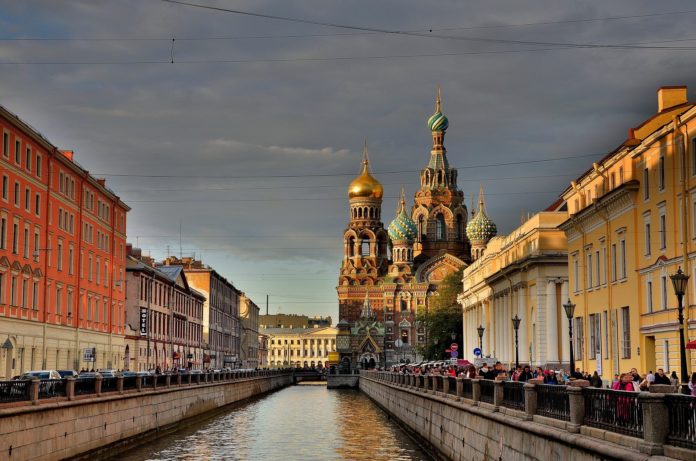St. Petersburg is influenced by Western European streets and architecture while still having a Russian vibe. This European-style, Russian city is a center of culture, history, literature, and music, with the historical buildings and artistic traditions mixing with modern life. Here’s everything you need to know before visiting St. Petersburg.
Best Time to Visit
Mid-June to September is the best time to visit St. Petersburg. While it’s expensive to visit during this period, you’ll have the most sunshine and you can enjoy White Nights celebrations. The temperature is still a bit cool, ranging from 50 degrees to the 70s. Avoid the city during the winter as the days are short and temperatures dip below freezing.
How to Get Around
Public transportation is the best way to get around St. Petersburg. The metro and bus system has lines that run throughout the center and into the outskirts of the city. While rental cars are available at the Pulkovo Airport (LED), getting the proper driving documents can be a real struggle. Taxis are always an option as well.
Where to Stay
Hotel Astoria
This 5-star hotel is one of St. Petersburg’s most well-known, convenient hotels as it’s near iconic sites like St. Issac’s Cathedral, Nevsky Prospect, Palace Square, and the Mariinsky Theatre. There’s also two restaurants, a 24-hour bar, and a lounge area.
Lotte Hotel St. Petersburg
Lotte Hotel is another 5-star hotel located in a historical mansion on St. Issac’s Square with 150 rooms, two restaurants, an indoor pool, and a fitness center.
Belmond Grand Hotel Europe
This 5-star hotel is located on Nevsky Prospekt thoroughfare, which makes it close to the Russian Museum, Summer Garden, Church of the Savior on the Spilled Blood, and Hermitage Museum. The hotel is breathtaking with wood furnishings, classic Russian artwork, stained glass, and stucco ceilings. It’s home to L’Europe Russia’s oldest continually serving restaurant, as well as three other bars and restaurants.
What to Do
Hermitage Museum and Winter Palace
The Hermitage Museum was founded by Catherine the Great in 1764 to store her private art collection. The museum opened in 1852 and it’s one of the largest museums in the world, comprised of six buildings including the Winter Palace, which was the home of the czars for nearly 200 years. Art from Leonardo da Vinci and Pablo Picasso can be seen here.
Church of the Savior on Spilled Blood
The picturesque onion domes that look like they came straight out of a fairytale and beautiful mosaics found within draw tourists to the Church of the Savior on Spilled Blood. The construction of the church was commissioned by Alexander III in 1883 to honor his father who was killed by revolutionaries.
Mariinsky Theatre
This theater is a must-see for opera and ballet lovers. Mariinsky Theatre was built in 1860 and it’s well-known for the building architecture as well as the amazing performances held in it. Make sure you catch a performance of Swan Lake, Sleeping Beauty, or The Nutcracker.
What to Eat
Borscht
Borscht has long been associated with Russia and the red color of the soup comes from beetroots. The soup can be eaten hot or cold and it’s usually served with sour cream and buns known as pampushki.
Beef Stroganoff
This dish consists of sautéed pieces of beef served in a sour cream sauce with vegetables.
Shchi
The basis of this soup is cabbage with a meat broth and vegetables. Shchi is commonly served with sour cream and rye bread.












